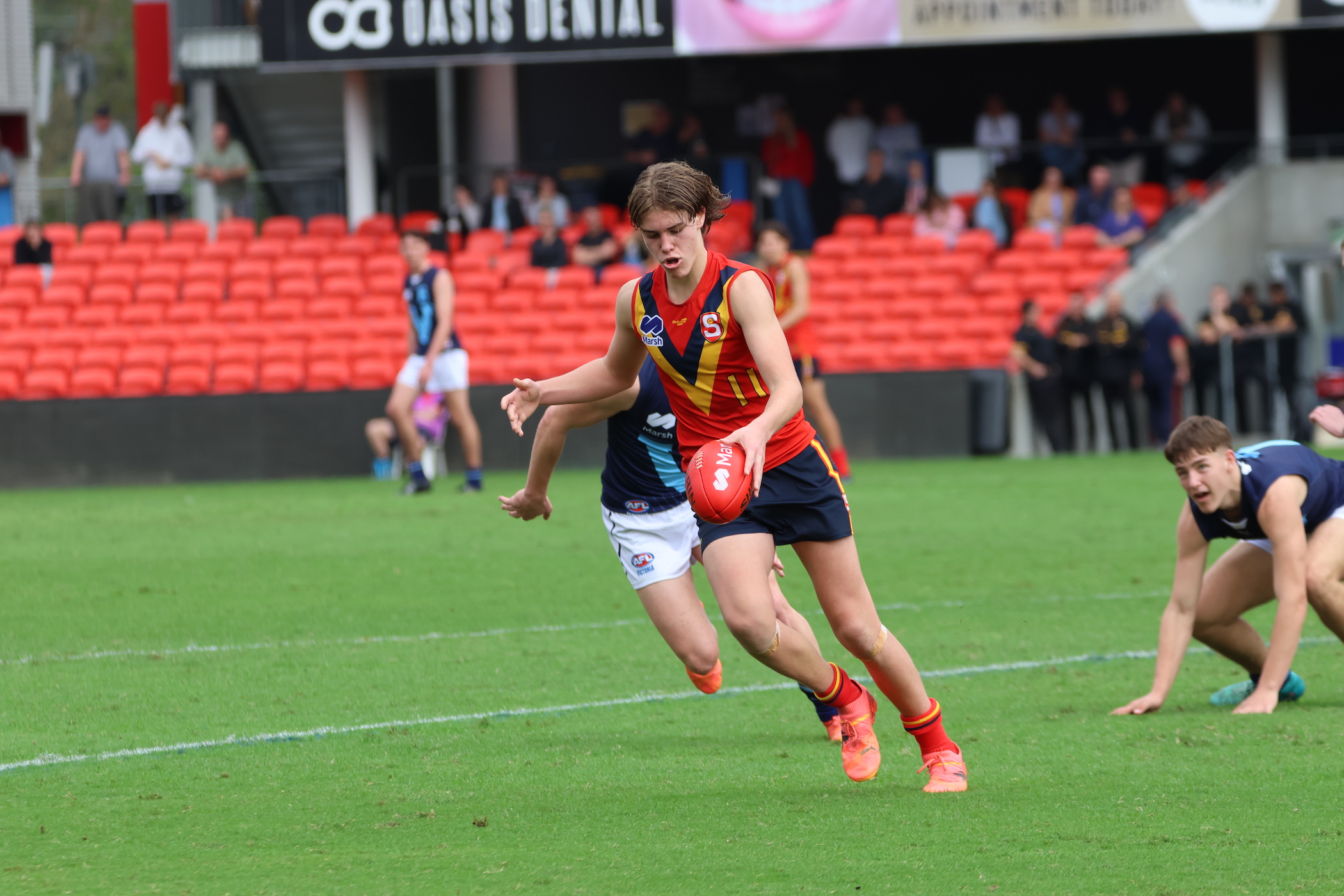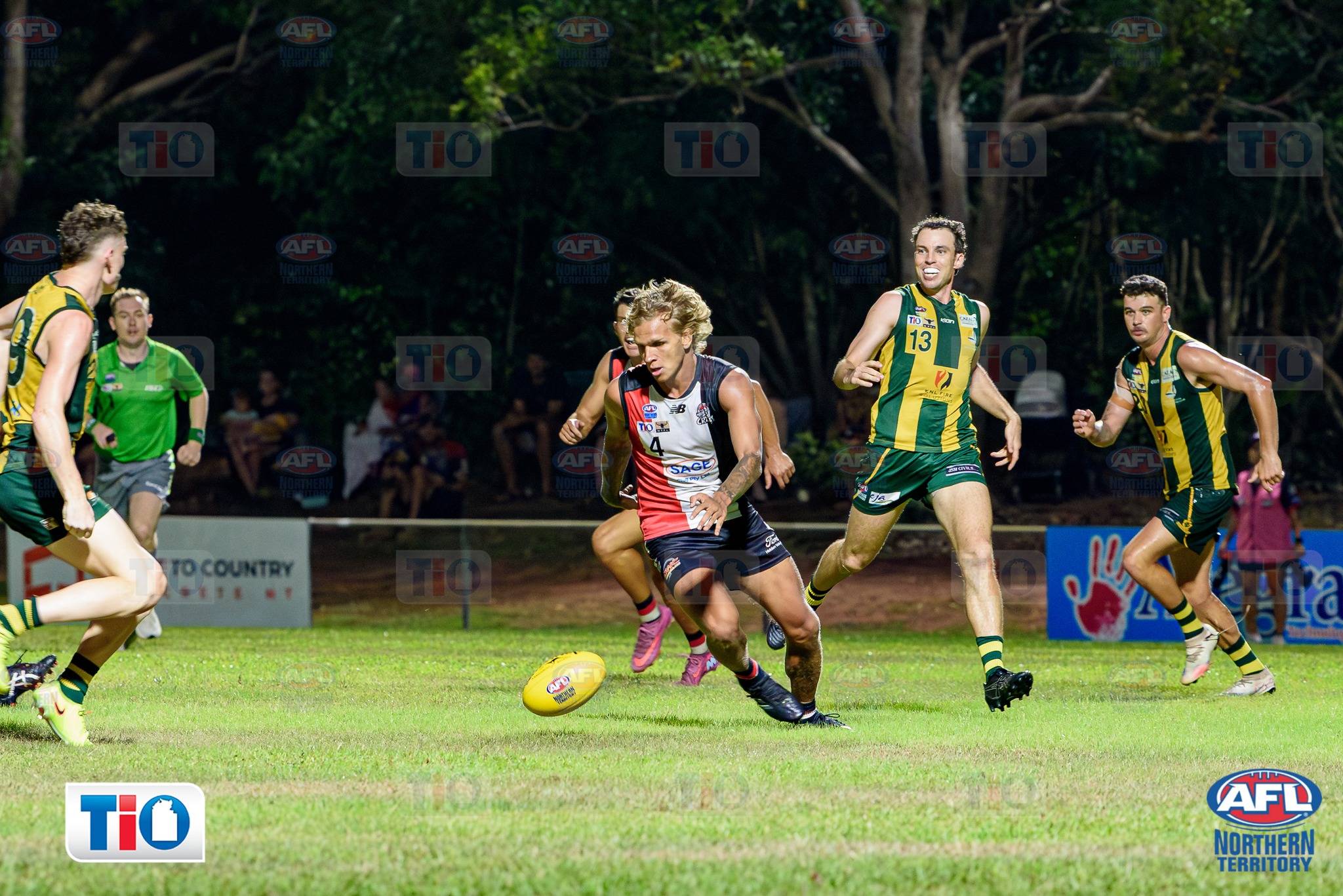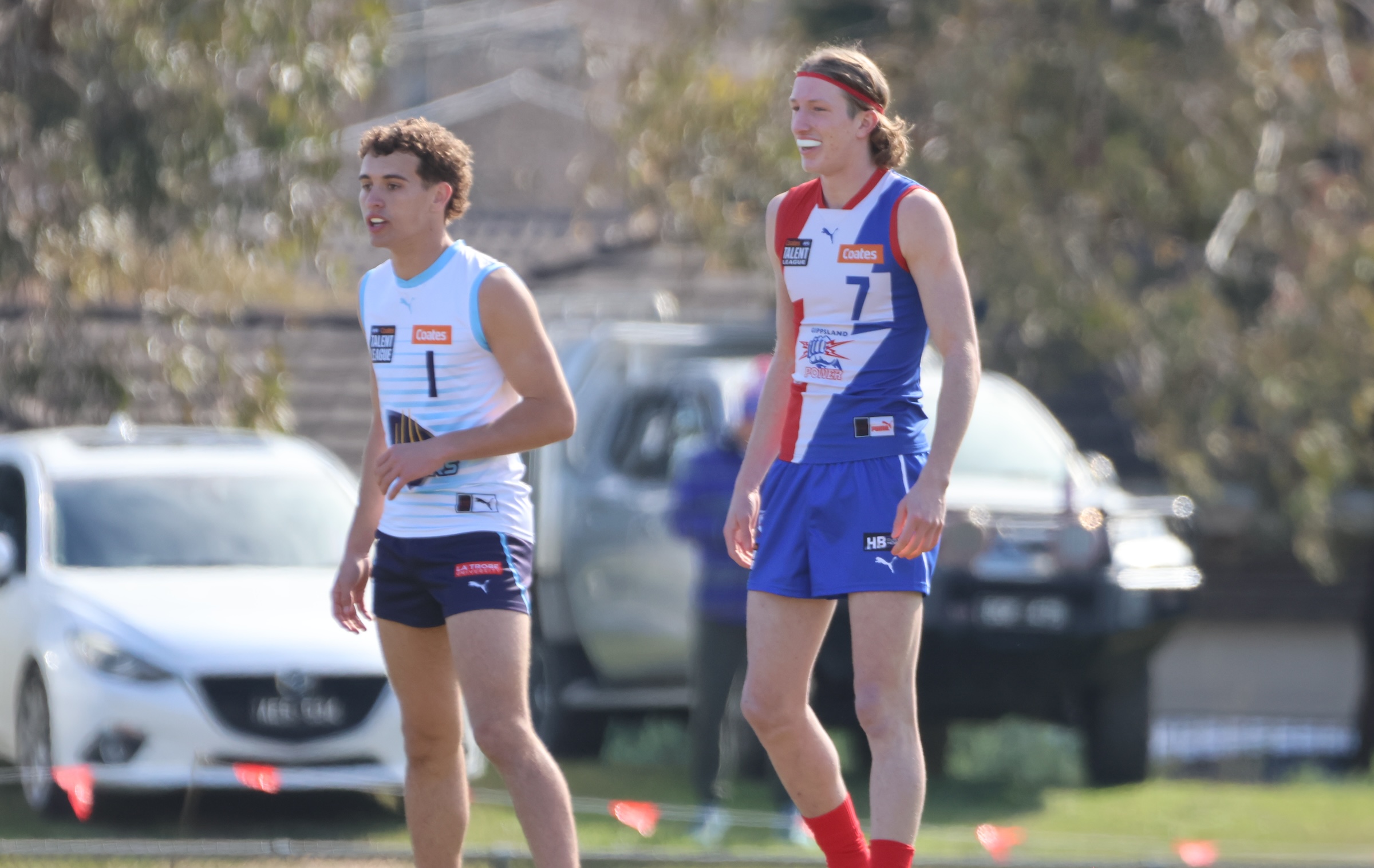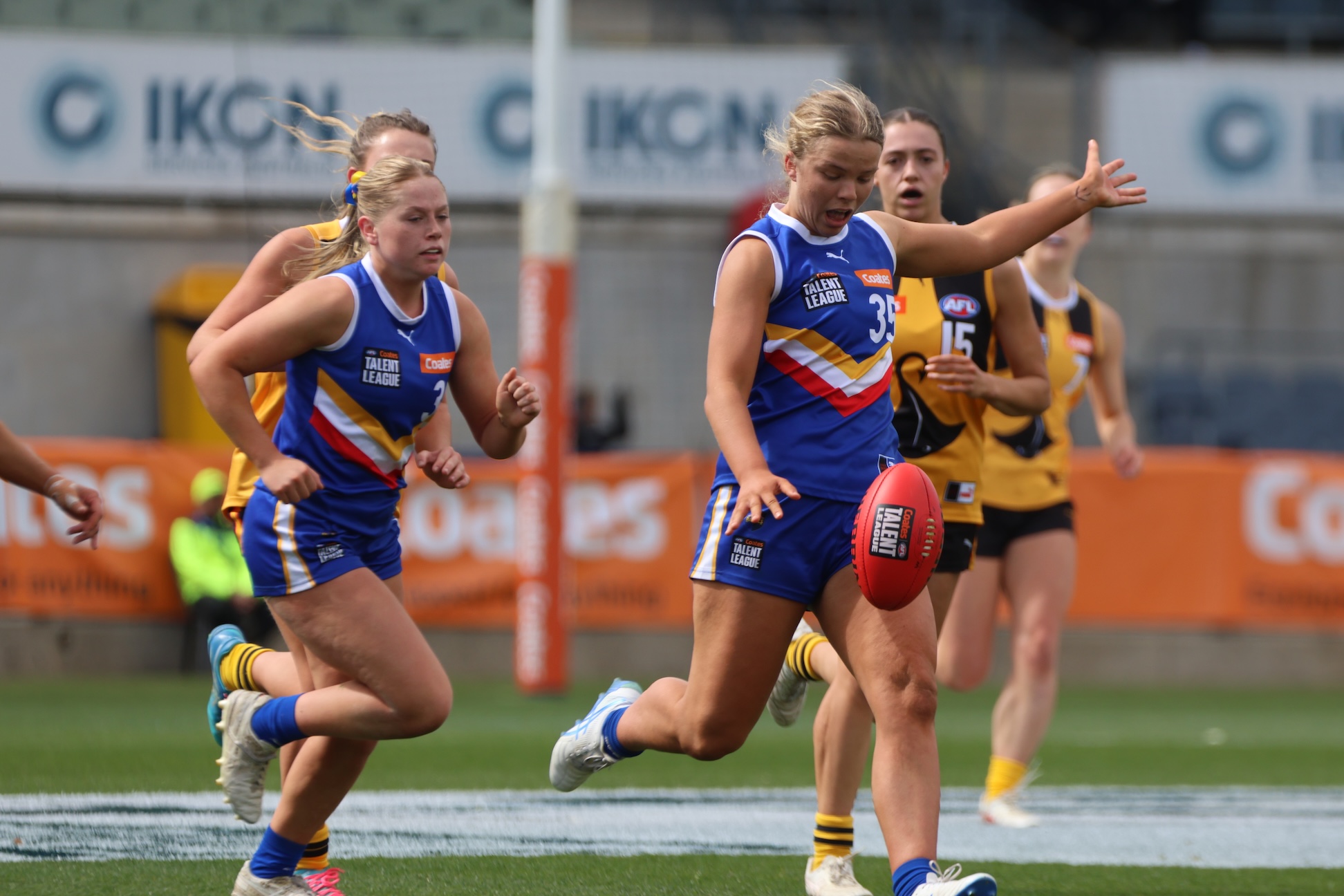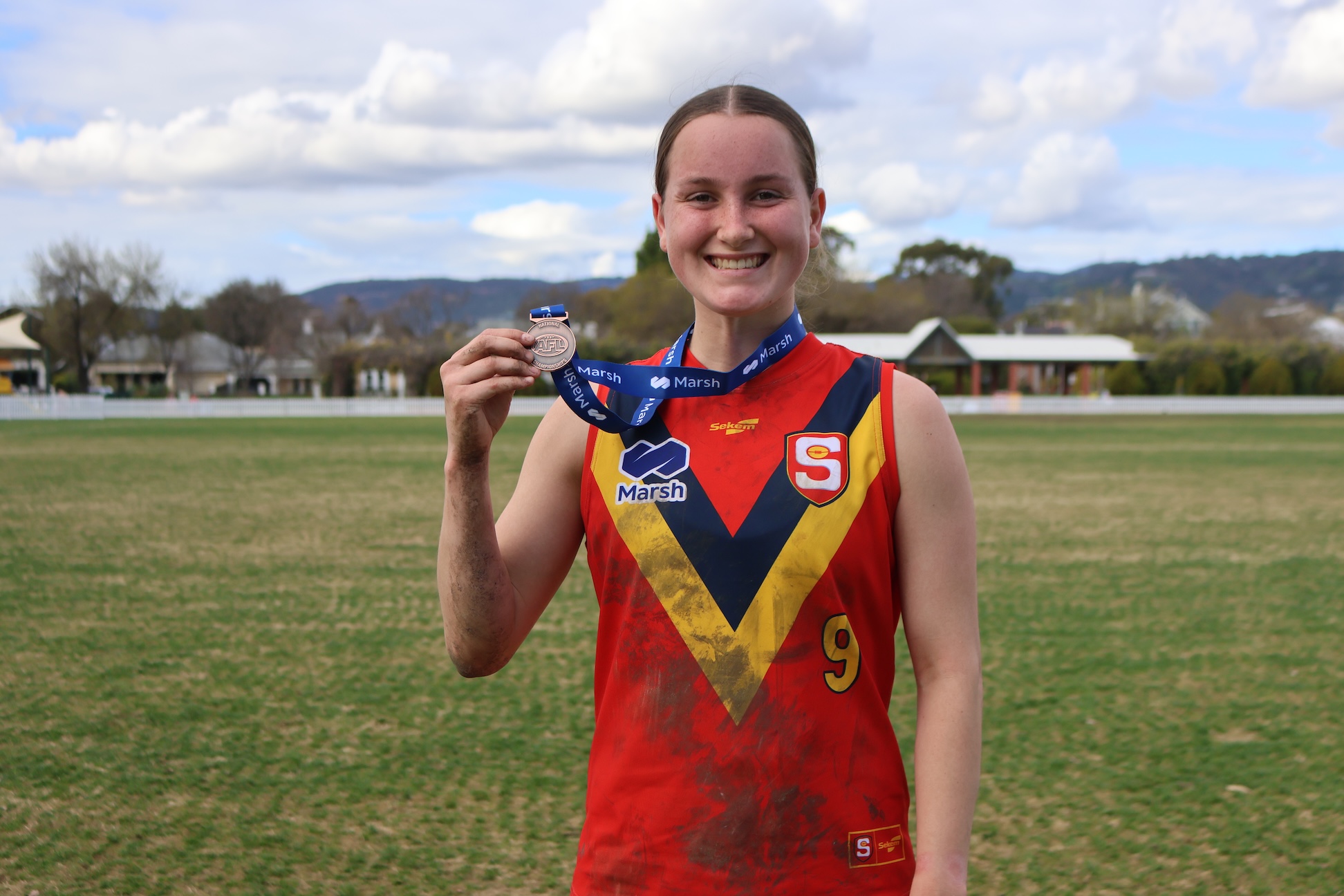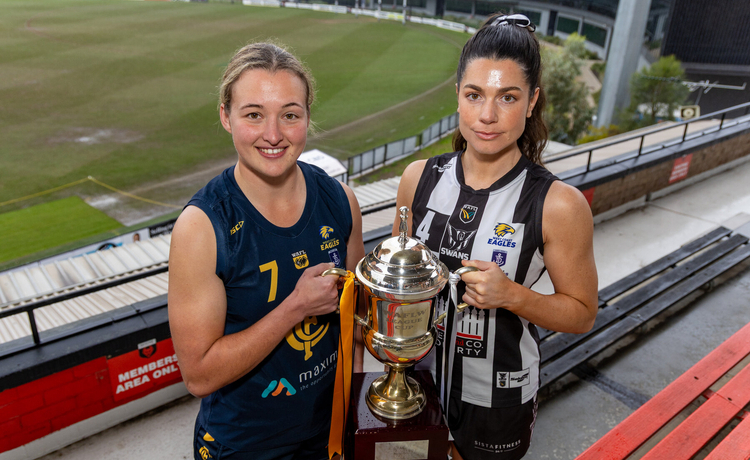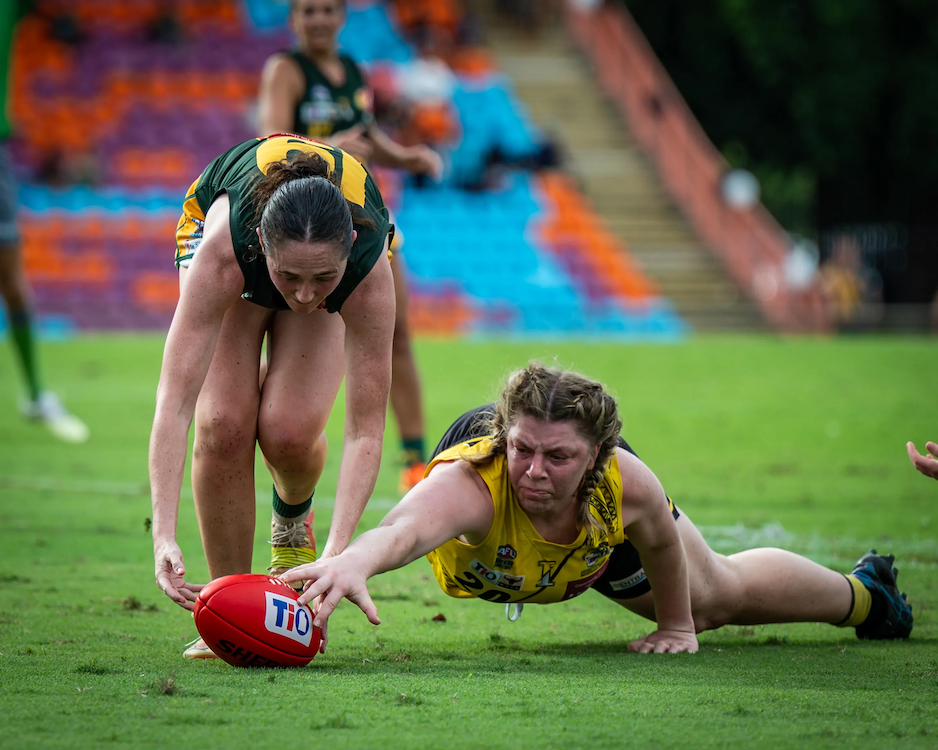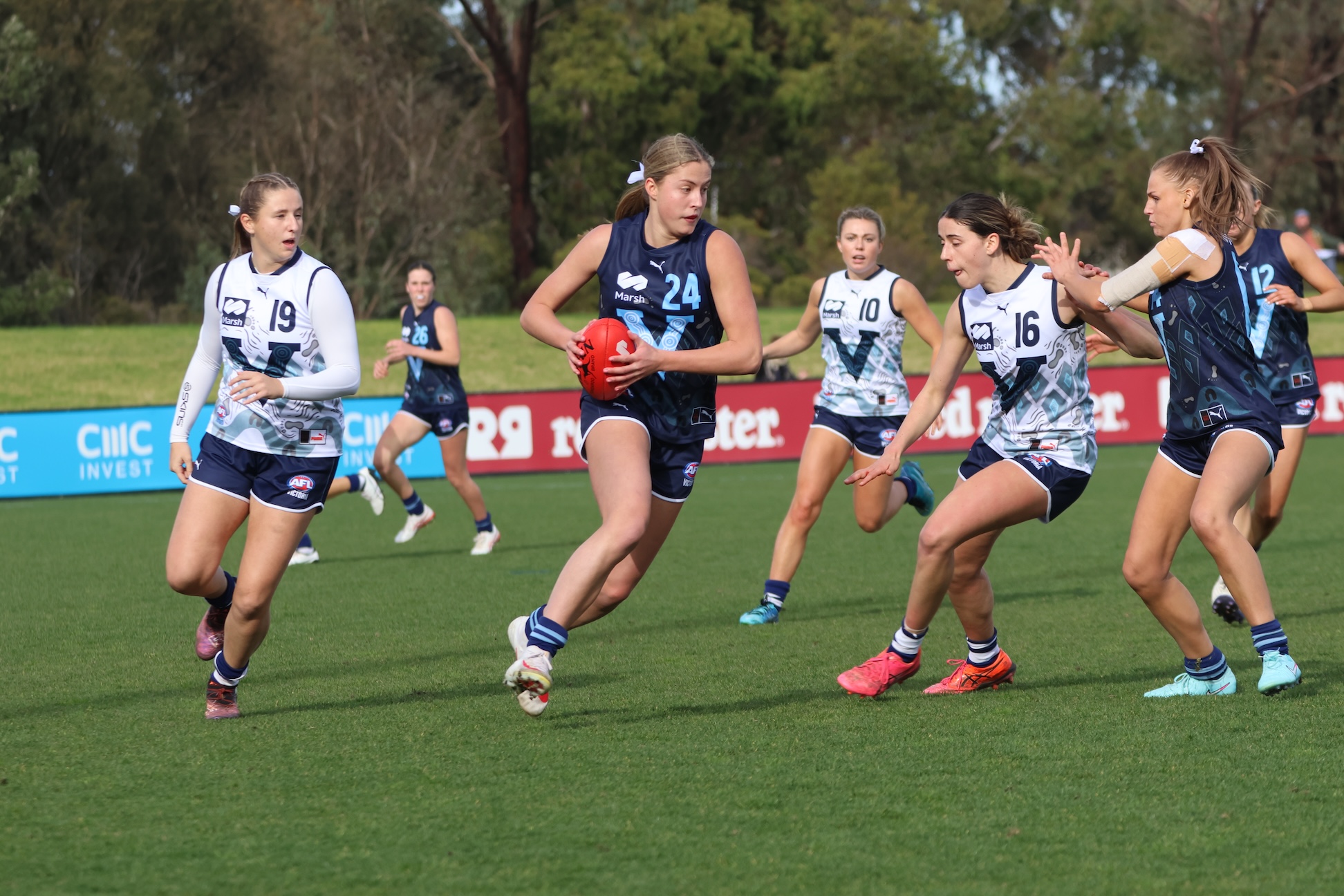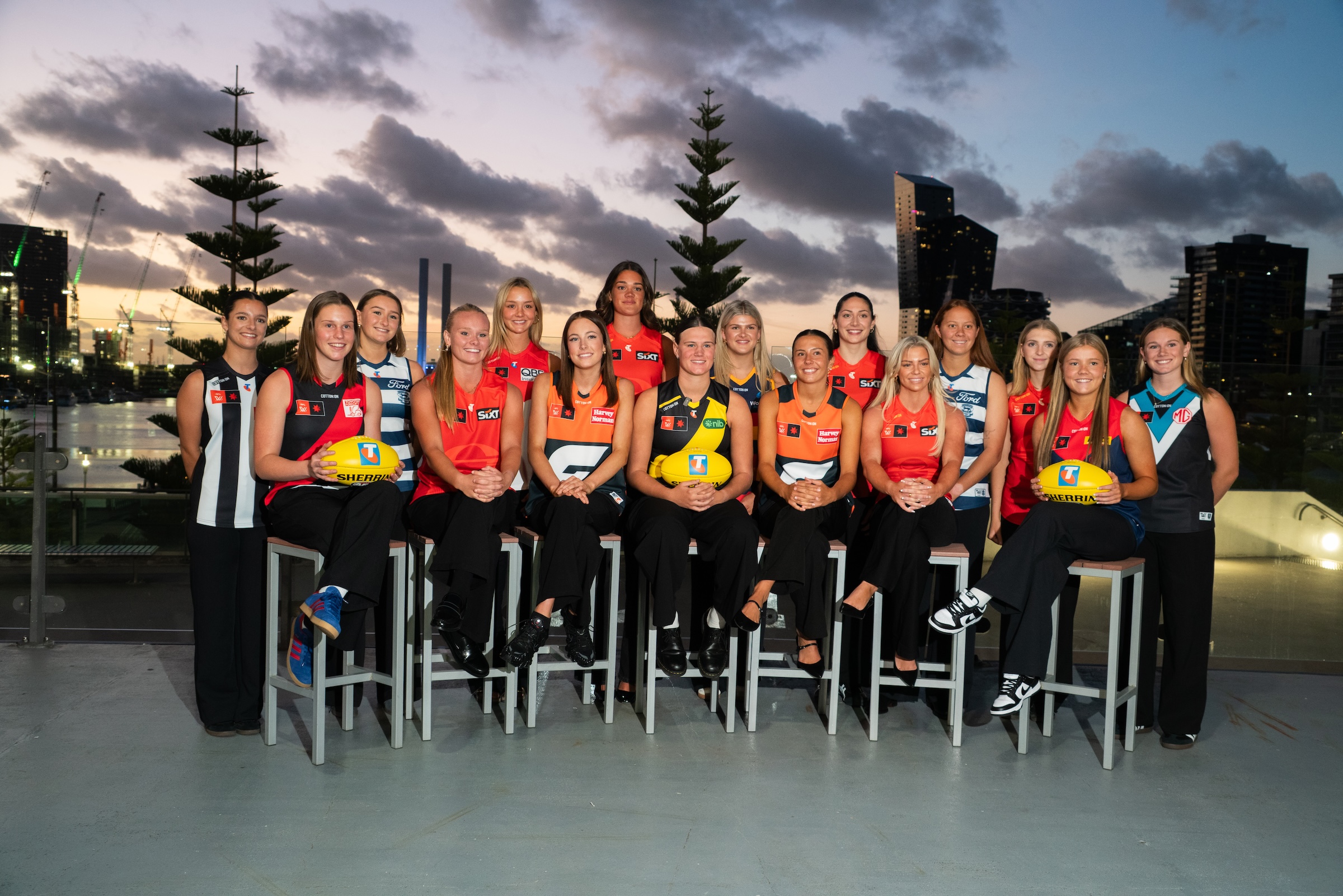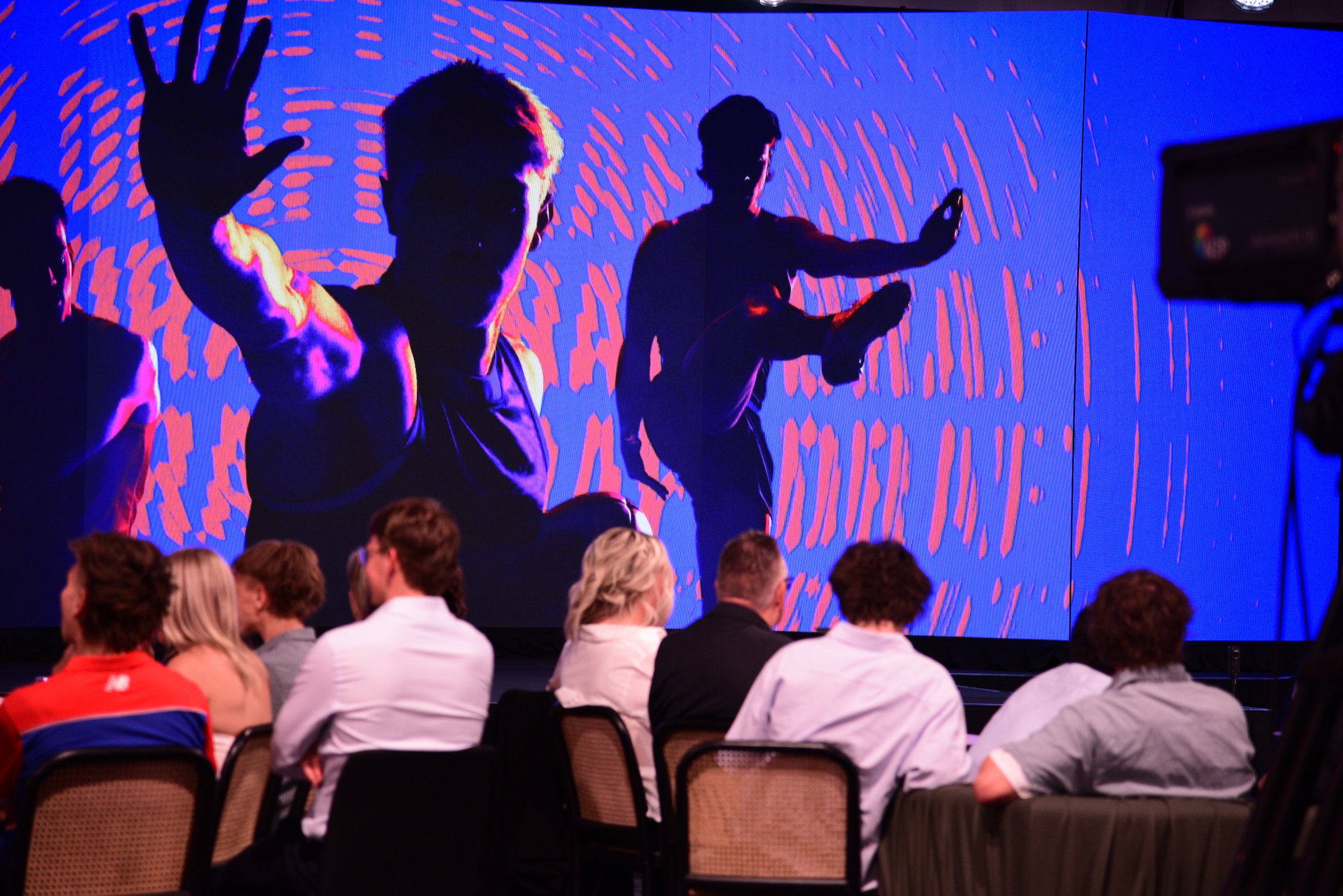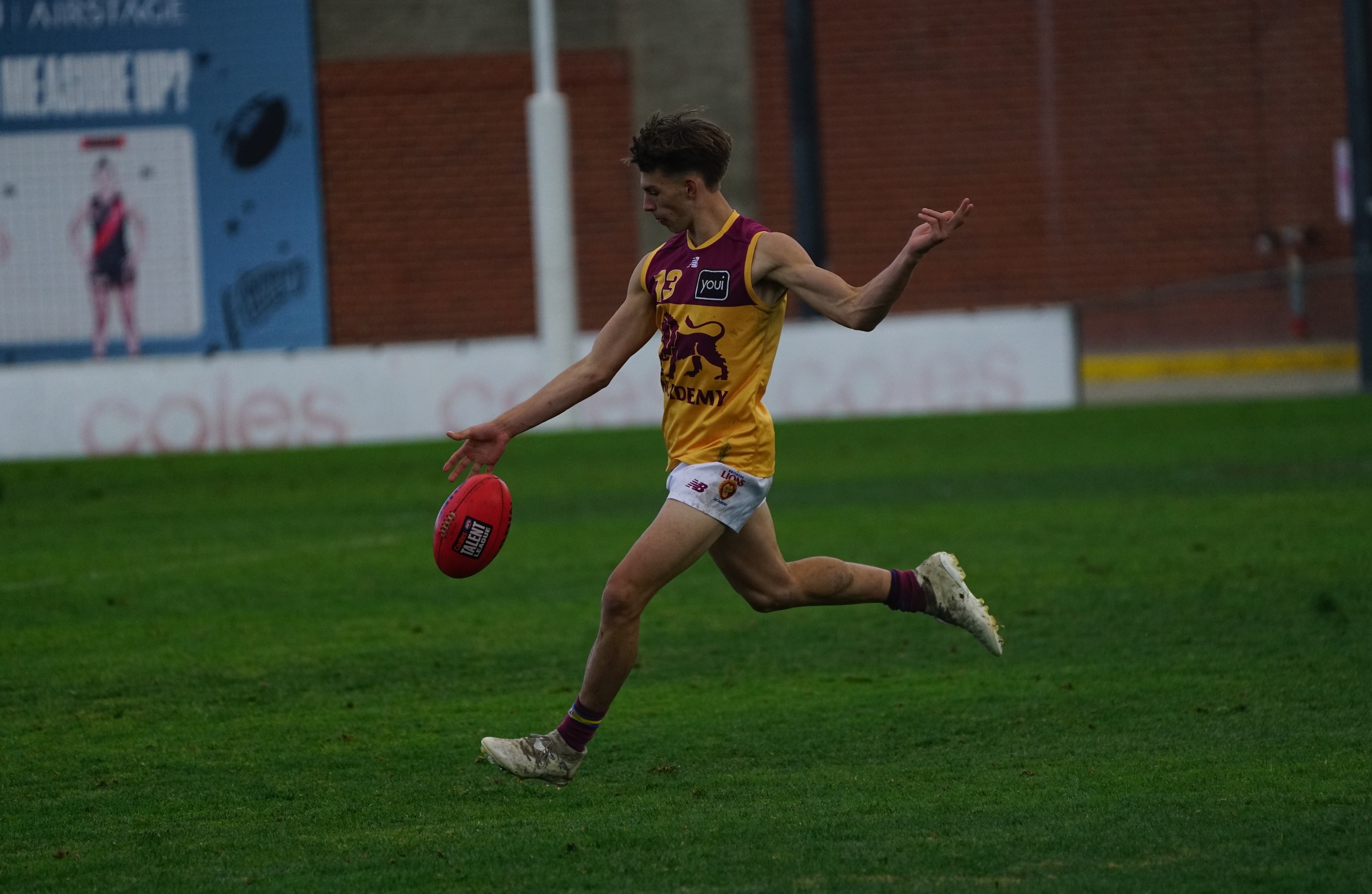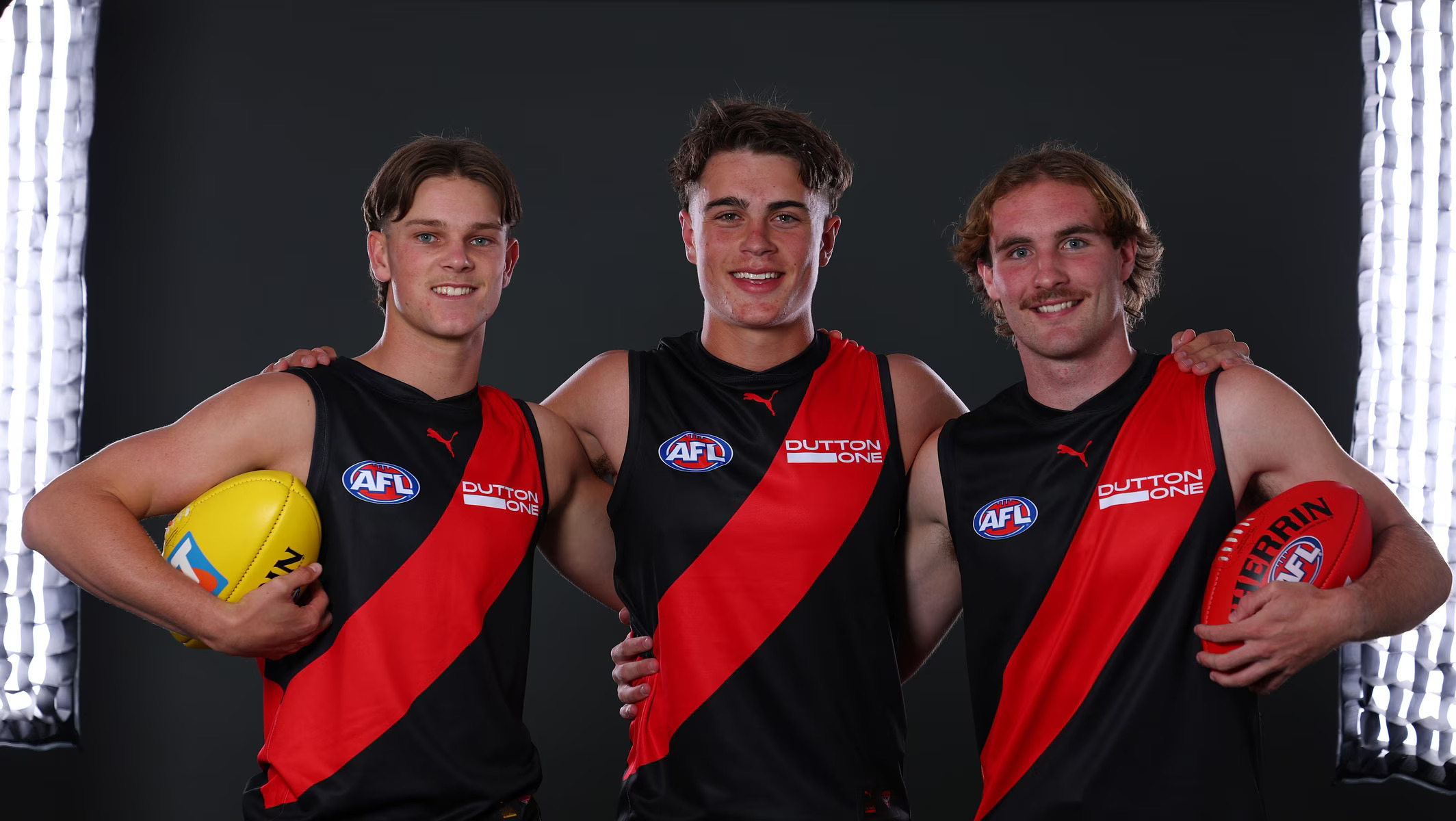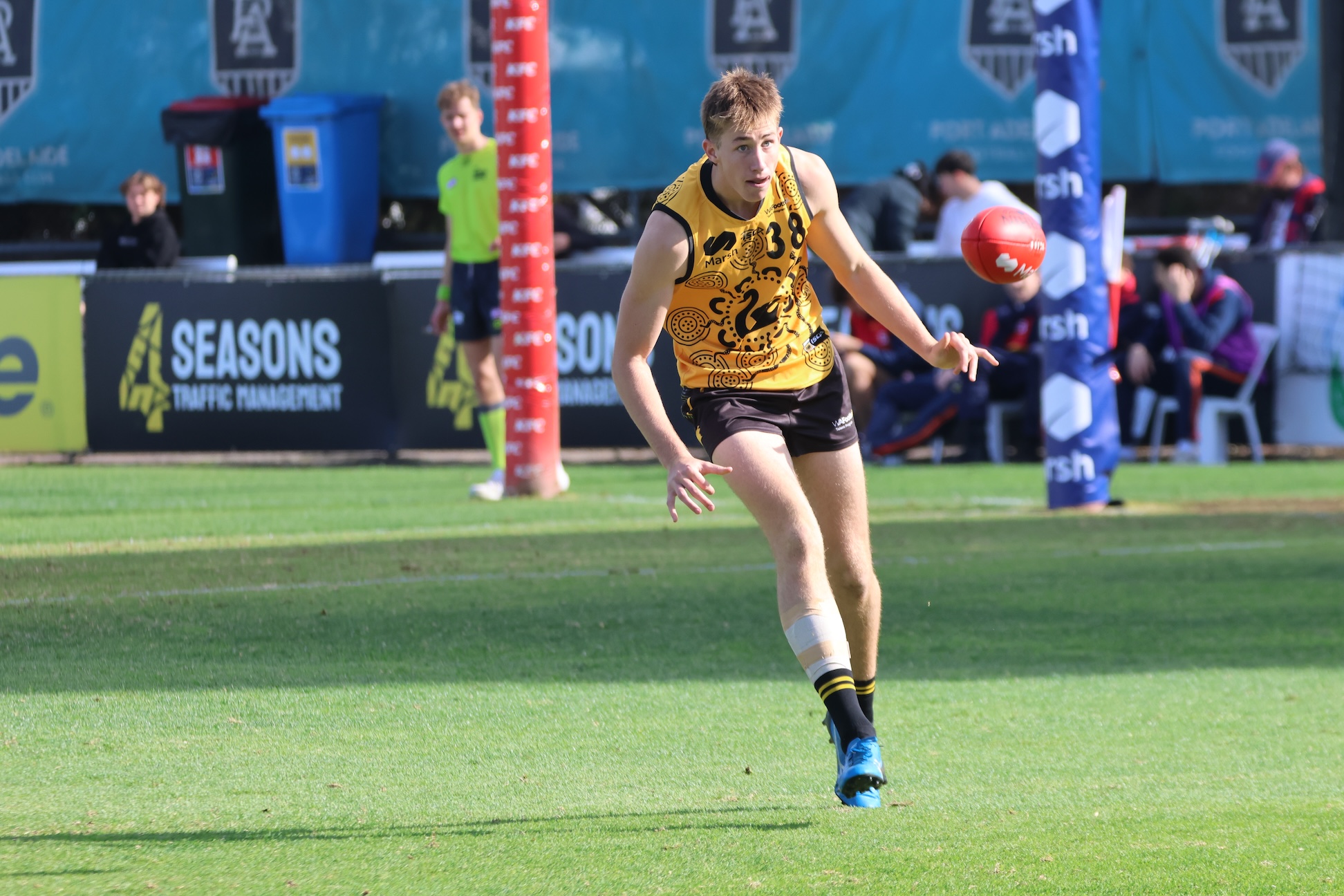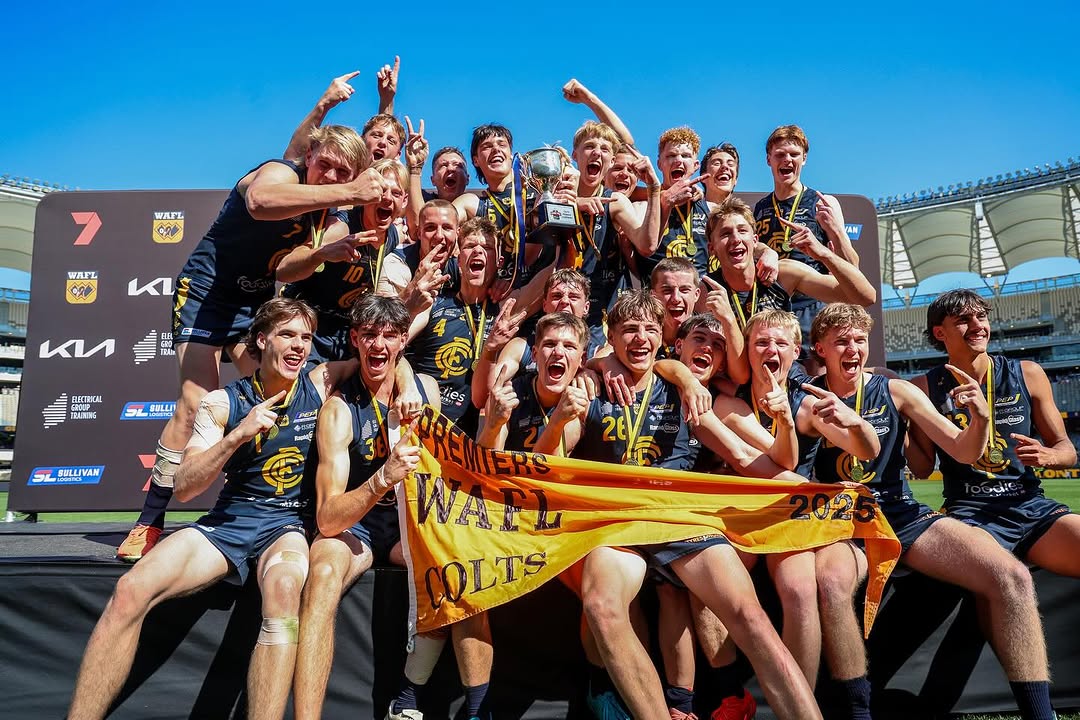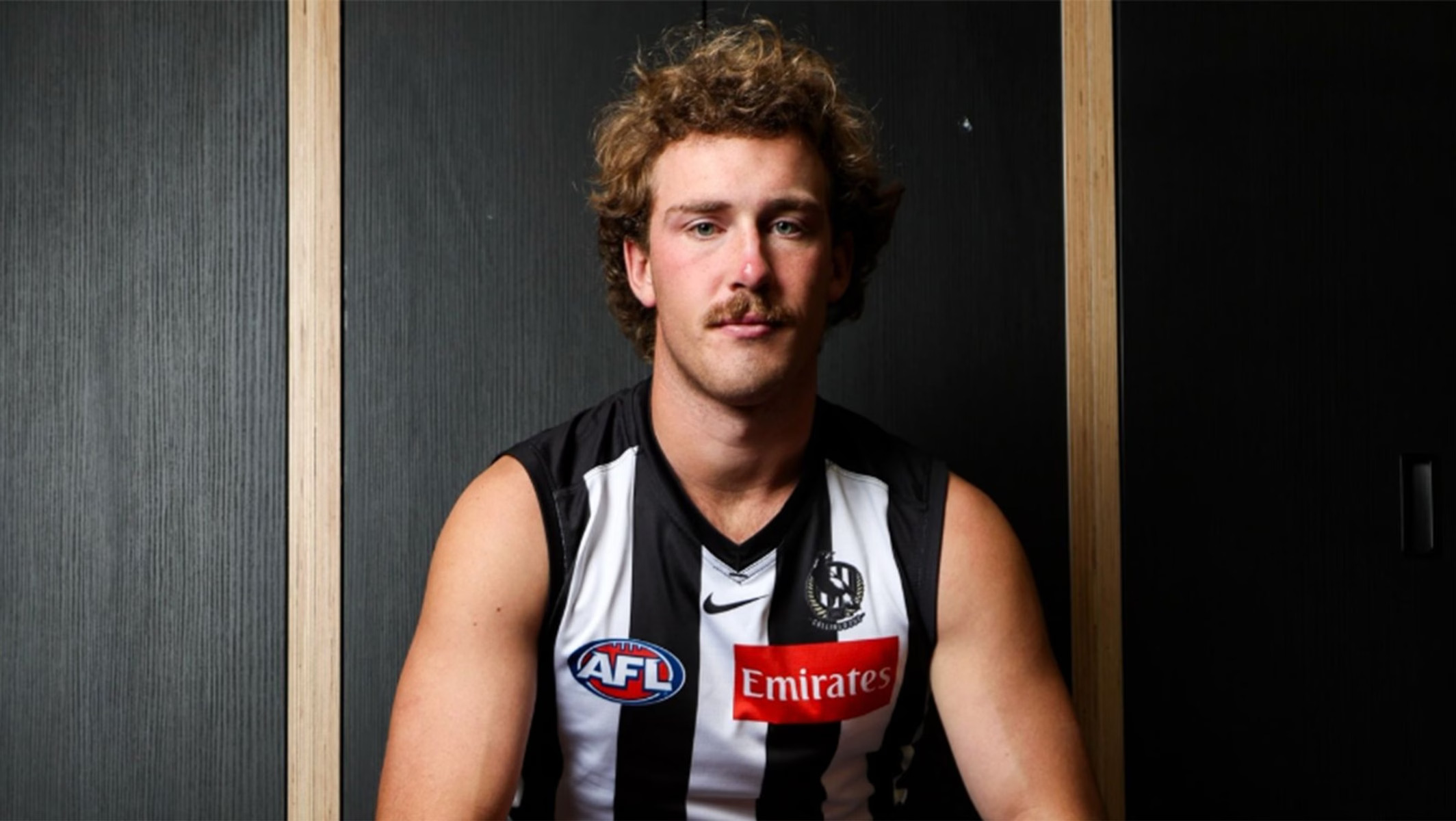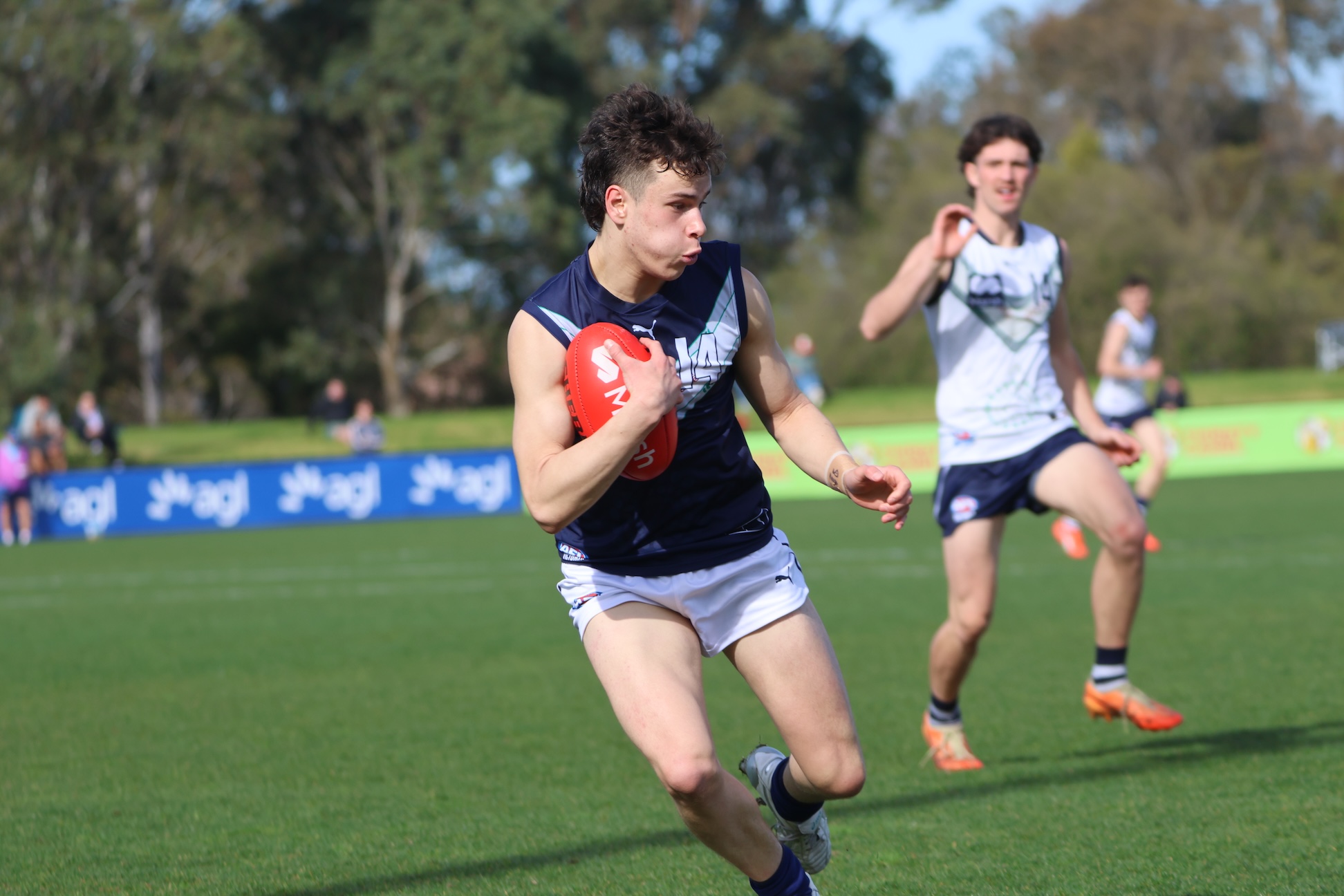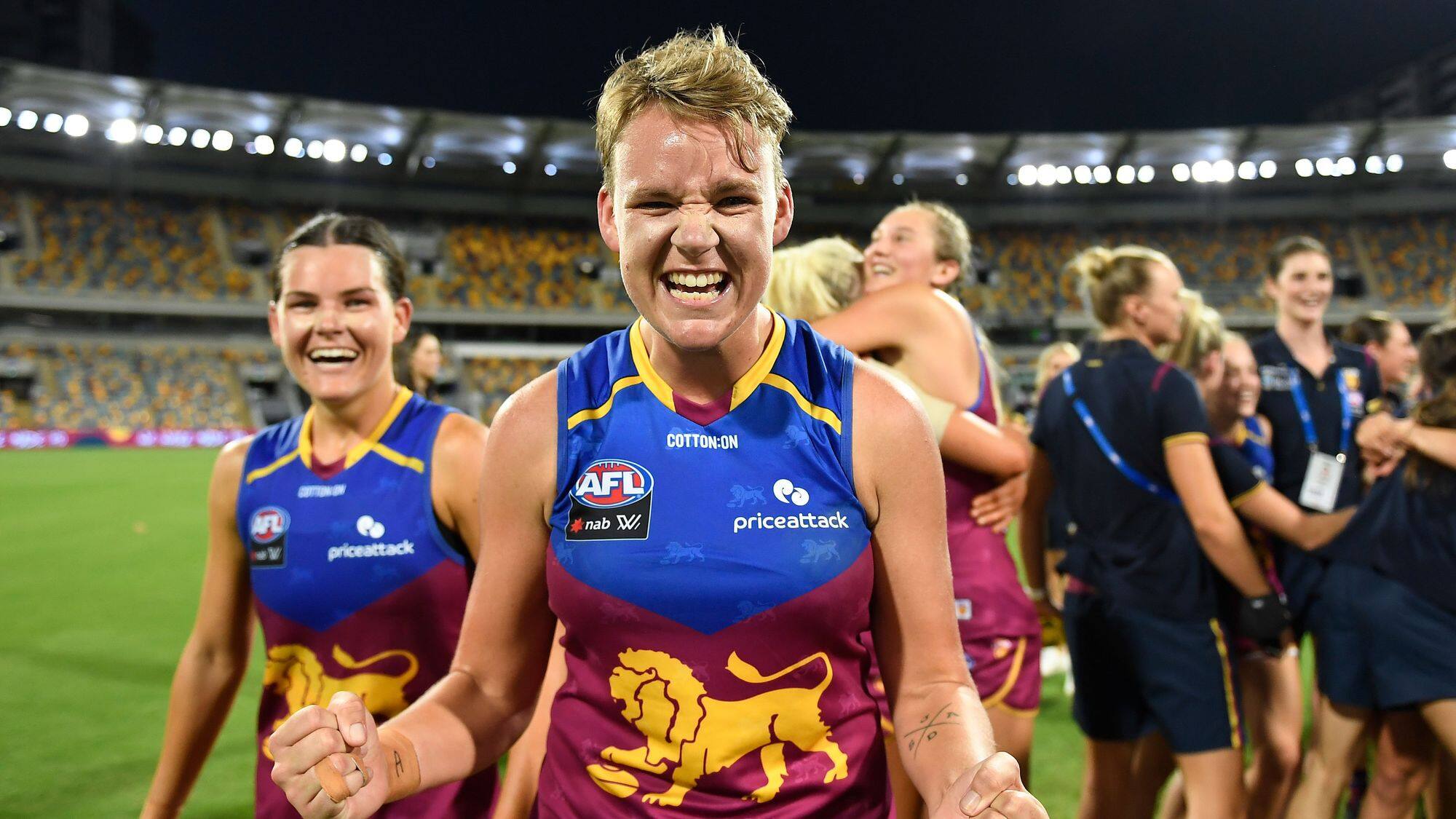AFL Draft | Prospects exit the injury ward in leaps and bounds

INJURIES have consistently played a role in the stories of many budding AFL Draft prospects over the years, and continue to do so in 2022. Coming off consecutive Covid-interrupted campaigns, athletes pressing their claims for the elite level have played the most football of their fledgling careers since 2019.
Not necessarily as a result, but coinciding with that rise in gametime has been the long and short-term setbacks suffered by likely first round candidates. From George Wardlaw‘s repeat hamstring strains, to Elijah Tsatas‘ foot fracture, and the knee knock which saw Bailey Humphrey miss three of four National Championship games, we hardly saw a full sample size of many top talents.
While the test of their on-field mettle is most important, Wardlaw and Humphrey were joined by the likes of Will Ashcroft and Harry Sheezel as top 10 candidates who failed to test at the National Draft Combine. Albeit, the latter pair still managed to produce elite full seasons of club and representative football. Their absences come combine testing time were compounded by the likes of Jedd Busslinger (shoulder), Brayden George (ACL), and Jaspa Fletcher (foot) also sitting out.

Though, for all the challenges injury setbacks may bring, the test of character regarding how athletes come out the other end is arguably more important. Some boosted their draft stocks significantly.
The prime examples of phoenix-like rises among this year’s crop are Humphrey and West Australian utility Edward Allan. The former surged into top 10 contention with a scintillating 31-disposal, four-goal effort after missing six rounds of NAB League action. The latter earned a state call-up on the back of promising form for Claremont’s colts, averaging 25 touches across five outings to become a first round chance.
Tsatas’ ability to hit the ground running was also outstanding. He had little trouble racking up 35-plus disposals at APS level with Wesley College, before notching an average of 36 in his final two games with Oakleigh, and compiling 29 in his sole Vic Metro appearance. Unlike the aforementioned pair, he only consolidated his standing as an elite prospect.
Bendigo’s Noah Long found a silver lining along his injury cloud. The midfielder hurt his collarbone in Round 1, and was made to adjust his game as a small forward thereafter. Though his typical running base stalled, he utilised his skillset to make good on a new role which he likely would not have taken on had he not been injured.
As was the case with Long, one factor impacted by injury interruptions – which perhaps revealed itself more significantly at the draft combine – was players’ running capacity. Tsatas clocked up a 2km time of 6:58, while prolific ground-coverer Allan came in at 6:36, and Long beat them both out at 6:34.

Then there’s the relatively new realm of long-term Covid side-effects. Hard running midfielder Mitch Szybkowski was struck down during NAB League preliminary final week, and only just beat out Tsatas over 2km. Elijah Hewett and Harry Lemmey were others to suffer lasting effects, with the former saying it took about a month for him to return to his former self. Still, both managed to recover and showcase relatively strong endurance bases with 2km times around the 6:30-mark.
As the above would suggest, many of these prospects harbour remarkable resilience. That will likely be a factor in future for many more who were robbed of an extended opportunity to showcase their potential.
George, who could have pushed into the top 10, is certainly in that boat. Alongside him is Sam Gilbey, who suffered glandular fever before breaking his leg, Luke Teal copped appendicitis before doing his collarbone, and Jack O’Sullivan re-injured his own collarbone less than a half into his return game for Oakleigh.
The Chargers’ lack of a finals series cost Teal and O’Sullivan greater exposure post-injury, but teammates Will Elliott and Jayden Davey would not have been afforded the opportunity anyway given their seperate knee setbacks.

Then there’s the cases of players like Lachlan Scannell and Kaleb Smith. Scannell was kept out for much of the year, while Smith returned to make a late claim for draft bolter status. Similarly, Rye Penny‘s knee stitched him up at an unideal time, though unlike Scannell and Smith he managed to turn out in state colours.
While those from Elliott to Penny sustained long-termers early in the year, Jaiden Magor and Anthony Munkara suffered ankle injuries after just one National Championship outing apiece – preventing them from turning out in vital games on the big stage. Still, they are right in draft contention.
In essence, there is no shortage of hard luck stories, but every prospect mentioned is well within the thoughts of recruiters having earned combine invites. Those managing lists at AFL level are, inevitably, doing their due diligence and the fact remains that if the talent is there, it will be found. Some may just have to go the long way ’round.
